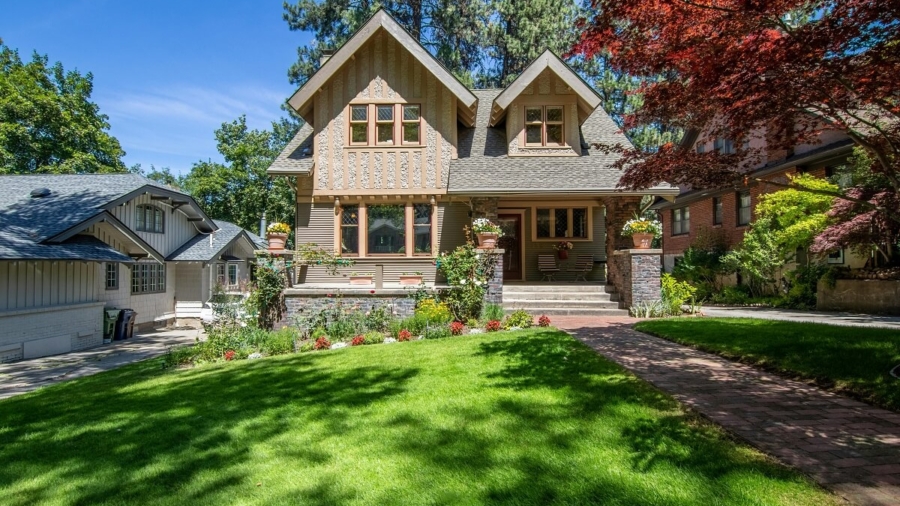Whether ornate or simple, all retaining walls share a common purpose. These structures are meant to hold back soil and keep it from falling down a slope onto others’ property. For property owners living on the downslope side, a retaining wall collapse can cause significant damage to their property.
Even if the collapse follows a period of extreme weather or heavy rainfall, complex legal issues can arise. A California construction attorney can examine certain facts and features about the wall and determine what legal options each party has. Take a closer look at some of those considerations.
Examining the Retaining Wall’s Construction
Both the owner of the property with the retaining wall and the neighbor whose property was damaged may have a cause of action against the builder who constructed the wall. A retaining wall must follow construction standards, which means that builders who fail to do so may be liable for damages.
It is not just the craftsmanship of the wall that should be evaluated, though. The materials used might contain a manufacturing defect. This could have made the wall unsafe and unstable, thereby contributing to the failure. If this is the case, the manufacturer may be responsible for paying damages.
Who Is Responsible for Maintaining the Retaining Wall?
A construction lawyer may also consider the wall’s location for potential liability. Generally, the property owner who constructs the retaining wall has a duty to maintain it. This means that they should:
- Regularly inspect the wall for signs of impending failure
- Ensure the wall is not bearing a load it is not designed to bear
- Check for signs of improper or insufficient drainage after a heavy rain event
- Call in a professional to address any potential issues that are observed
Failing to make reasonable inspections of a retaining wall’s integrity after severe weather can be grounds for legal action.
Did One Neighbor’s Activities Contribute to the Damage?
In addition to craftsmanship and location, a thorough construction attorney will want to determine whether a party engaged in activities that weakened the wall or contributed to its failure. The attorney will also want to know what, if any, steps the downslope neighbor took to mitigate potential damage.
For example, altering the hill’s grade can change the strength and drainage of the wall. Similarly, placing too great of a load on top of the wall can weaken it and contribute to its failure. A party engaging in these or other similar acts may be held responsible if damage occurs later.
However, the owner of the damaged property may not be entitled to full damages if they refuse to take reasonable precautions of their own. If this owner’s actions also contributed to the failure, a court may reduce the amount of compensation they receive proportionally.
For instance, suppose that a downslope neighbor has an issue on their property that prevents efficient water drainage. If an upslope neighbor’s retaining wall fails and water damages the downslope neighbor’s property, the downslope neighbor may be partially responsible for the damage.
A court would then consider the measures the downslope neighbor could have taken to prevent such an outcome and reduce their compensation accordingly.
Contact an Experienced Construction Attorney Today
Property damage caused by failed structures like retaining walls can easily become complicated legal matters. Consulting a skilled attorney from Alves Radcliffe is essential in California. Our seasoned team can evaluate your unique situation and provide customized legal services tailored to your needs.
Contact Alves Radcliffe to set up your consultation today.


